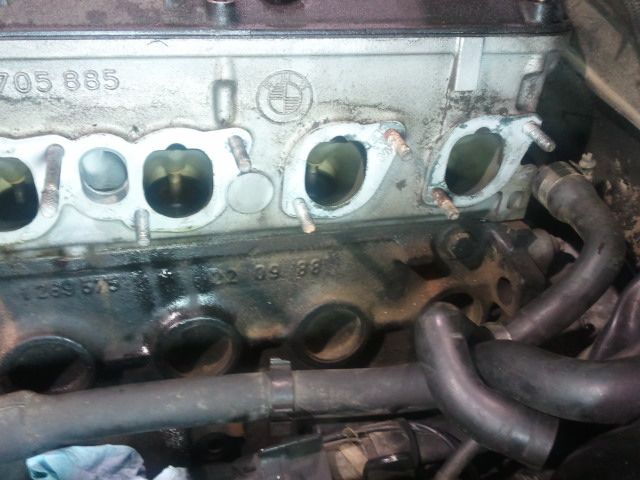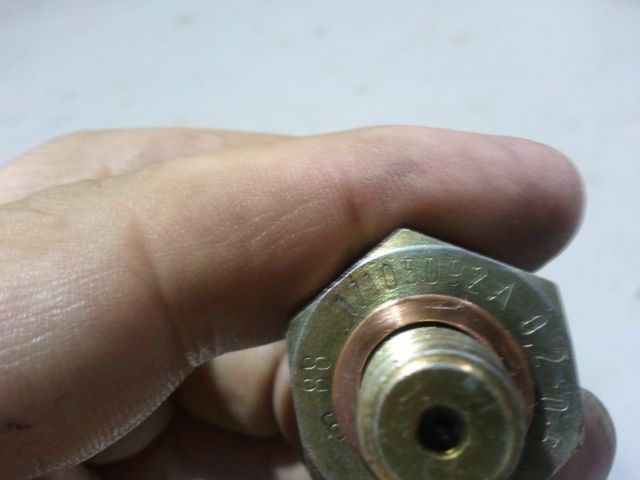I used to have a pressure switch remoted into the block at the 12mm port that provides hot water to the throttle body. That worked fine but I always admired Jim Levie’s solution where he has a pressure sensor in the small hose between coolant reservior and radiator.
For the new car I decided to do the coolant pressure switch Jim’s way. But even trying two different 6-7psi sensors I couldn’t seem to make it work. By connecting a coolant pressure tester to the reservior I was able to figure out the problem…the coolant reservior, being connected to the system right at the very end of the pressure drop, just before the pump, doesn’t see much pressure. I did some experiments and it’s at 0psi until the tstat opens whereas it goes to 5psi.
Next I installed the pressure switch on the tstat housing using one of the 2 available ports. Note that not all tstats are drilled for 4 14mm ports, some have only the 2 for the temp senders. The extra taps are on the return hose just before it goes to the water pump so I knew it wasn’t going to be much higher pressure than the reservior, but I hoped it would be enough.
It wasn’t. And idea that I didn’t try, but would be worth trying, is to swap the pressure sensor in for the brown temp sensor on the tstat. The brown sensor goes to the dashboard temp sender and lots of folks have aftermarket temp sensors.
Then the idea hit me…rather than remoting another aftermarket pressure switch to the block like I used to have, why couldn’t I put the OEM 7psi oil pressure switch into the block instead? And, so the idea continued, I could use a spare 2 pin connector from the wiring harness to hook it up. Each of us should have 2 of these…1) OP switch 2) Gas vapor purge solenoid.
Normally one would not put a pressure sensor right on to the block, but I figure that the OEM OP sensor is designed for the environment.
I still don’t know how much coolant pressure develops in the block, but it’s more than 7psi once the tstat opens because the idea worked just fine.




